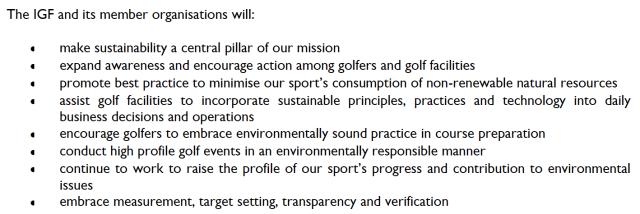Video: Tony Robbins And Fish-Friendly Golf Balls
/H/T to Christopher Powers at GolfDigest.com for catching this Business Insider video piece on Tony Robbins. Besides getting to see what kind of second homes motivational speaking and Mercedes voiceovers will pay for, it's a great chance to see Albus Golf's "fish balls" put into use.
We saw them a few years ago pre-Abu Dhabi championship for a contest between Fowler/McIlroy/Rose and Stenson, but this piece actually shows us how the balls react once in the water. Very, very cool!
Tony Robbins hits these special golf balls that dissolve into fish food into the ocean pic.twitter.com/CUtsP5zFCG
— Business Insider (@businessinsider) October 31, 2017















